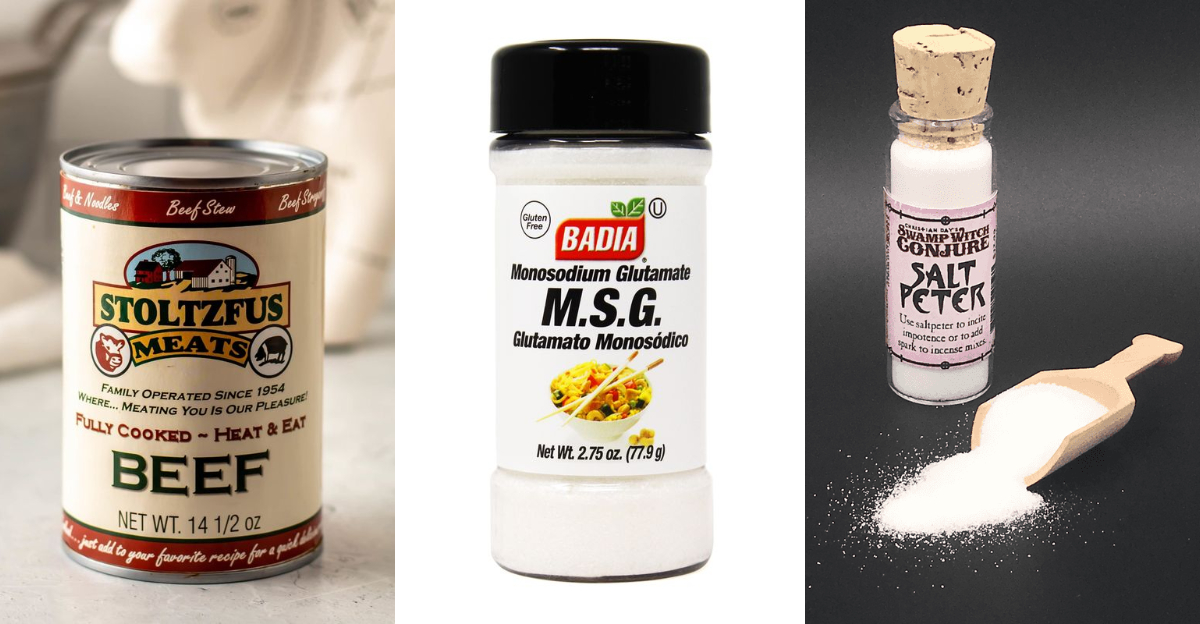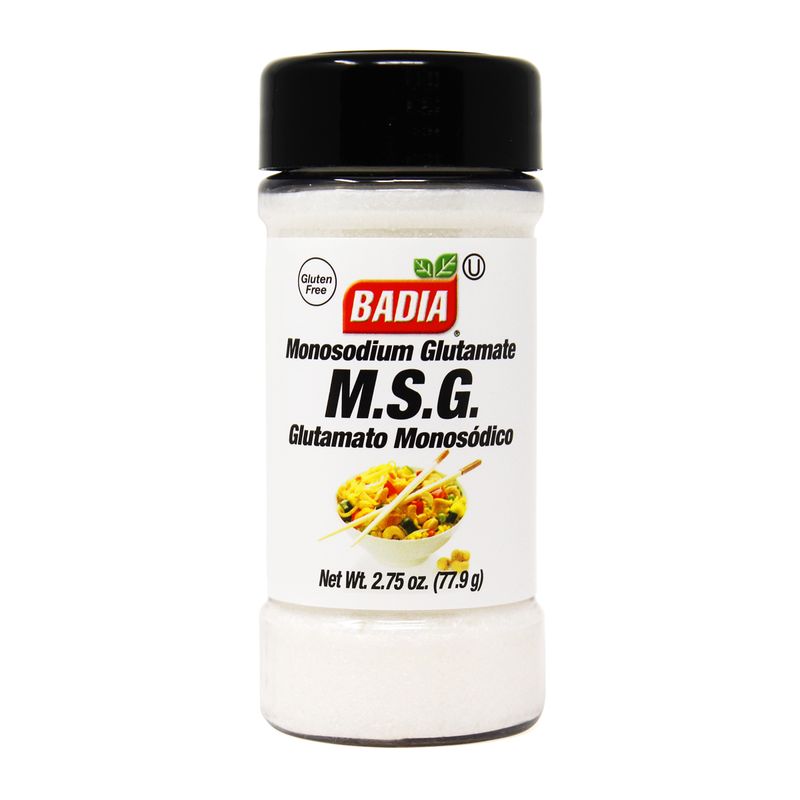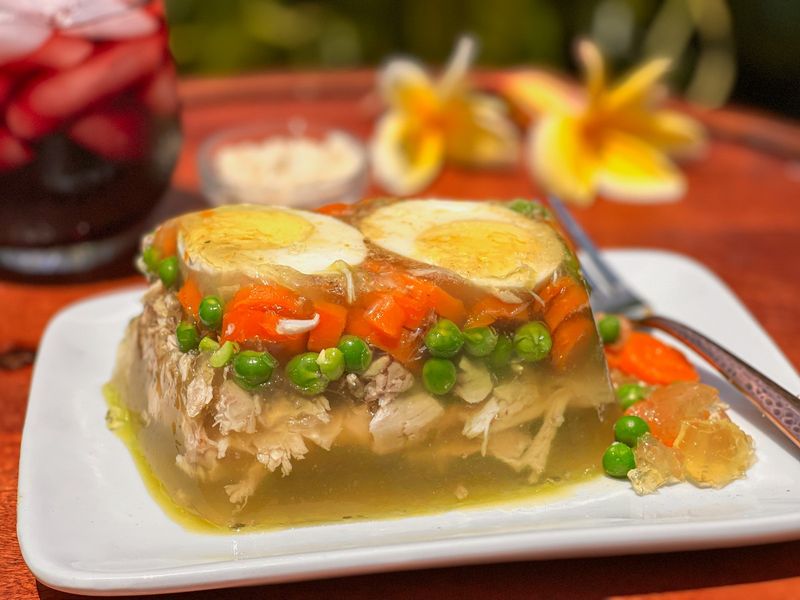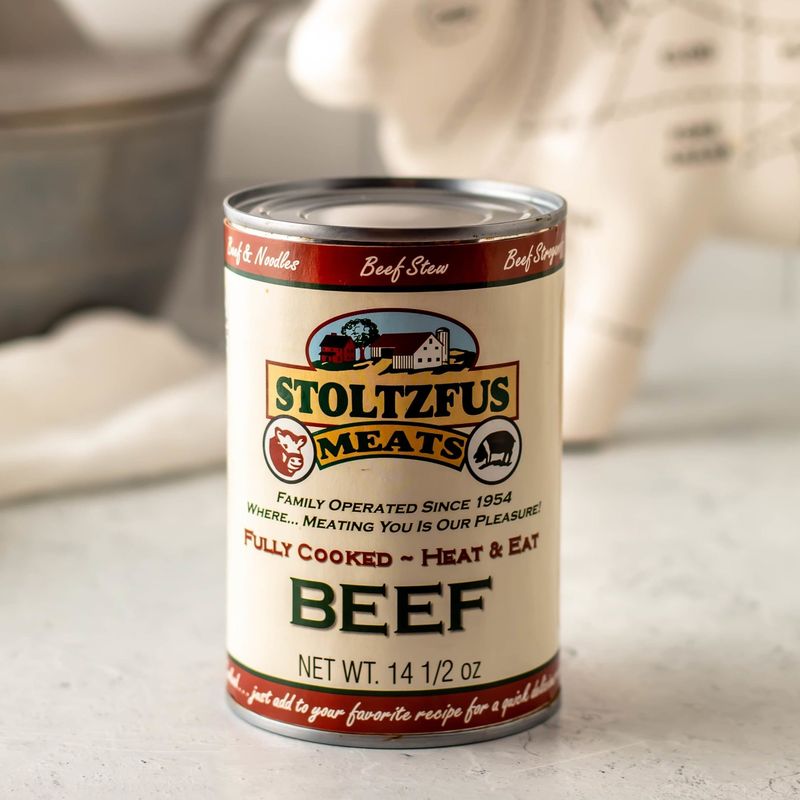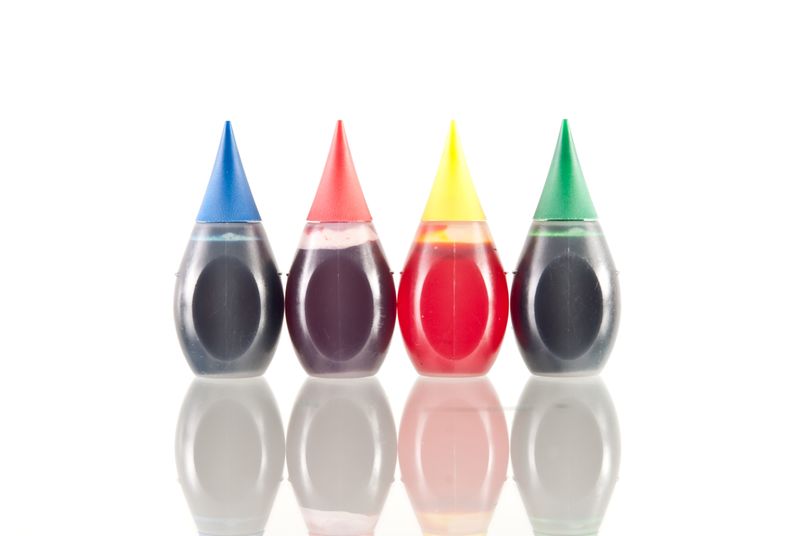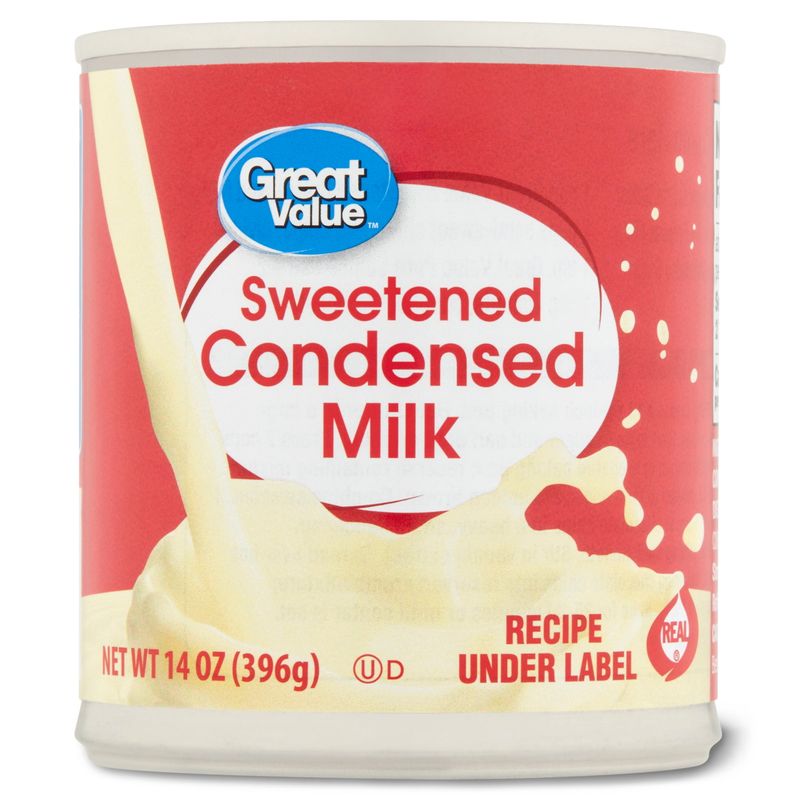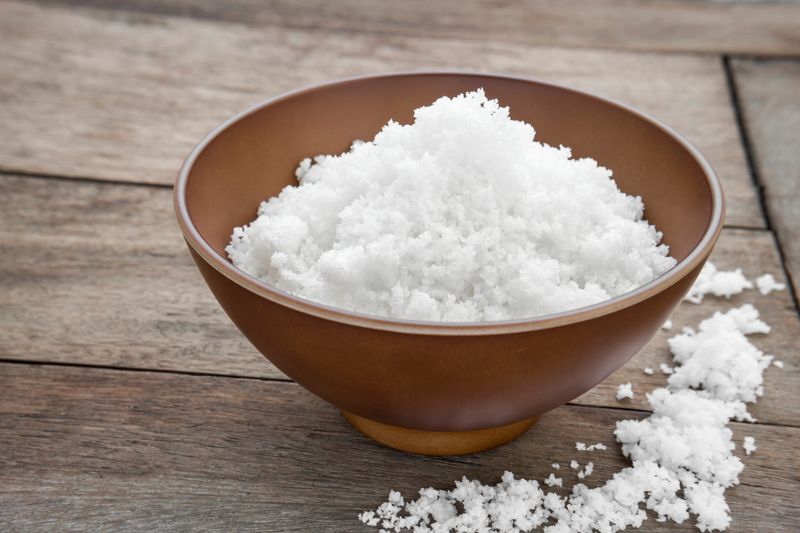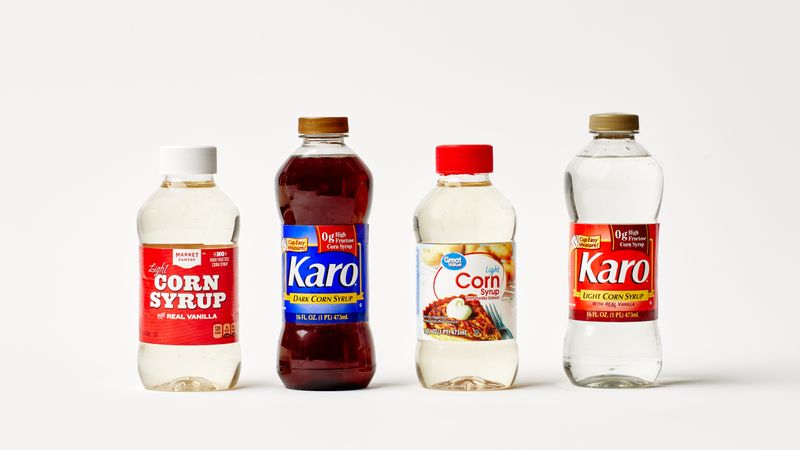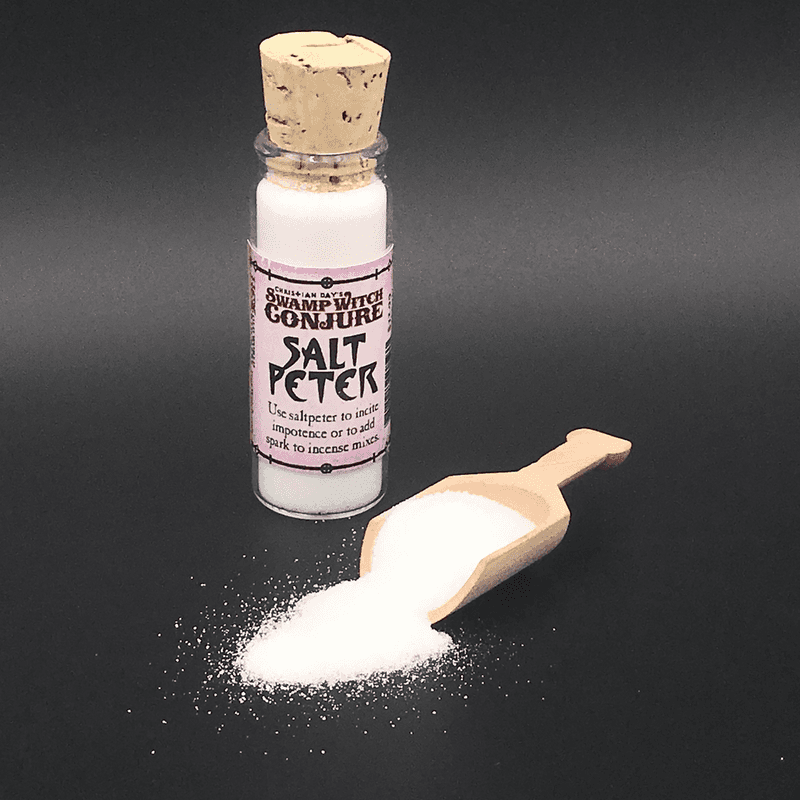In the past, our kitchens were filled with ingredients that, while popular, weren’t necessarily the healthiest choice. From lard to MSG, many of these ingredients have been phased out in favor of healthier options.
This blog post will delve into 10 such ingredients, exploring why they were once staples and why they’ve fallen out of favor. Join us on this culinary journey through time as we highlight the unhealthy old-school ingredients everyone used to eat.
1. Lard
Lard, once a staple in kitchens, was used extensively for frying and baking. It was favored for its ability to create flaky pastries and crispy fried foods. However, its high saturated fat content raised concerns.
Many people were unaware of the health risks associated with excessive consumption of saturated fats, which can lead to heart disease. Over time, lard was replaced by vegetable oils and butter.
Despite its decline, some chefs advocate its use for specific recipes, emphasizing moderation. Today, health-conscious individuals should be mindful of lard’s cholesterol-raising properties.
2. MSG (Monosodium Glutamate)
MSG, or monosodium glutamate, was widely used to enhance the flavor of savory dishes. It was particularly popular in Asian cuisines and processed foods.
While it adds umami, MSG has been linked to health issues like headaches and nausea, though scientific evidence is mixed. Many consumers became wary, leading to its reduced usage.
Today, MSG is often replaced by natural flavor enhancers. Consumers seeking to avoid artificial additives have turned to herbs and spices, promoting a natural approach to flavoring meals.
3. Aspic
Aspic, a gelatinous dish made from meat stock, was once a centerpiece in many households. It was often used to encase meats and vegetables in a decorative mold.
The heavy use of gelatin and meat fats made aspic a less-than-healthy choice. Its high calorie and sodium content deterred health-conscious individuals.
As culinary trends shifted, aspic became a relic of the past. Today, it is rarely seen outside of retro-themed events, as people prefer lighter, fresher options for their meals.
4. Canned Meats
Canned meats, such as Spam, were once viewed as convenient, long-lasting protein sources. They gained popularity during wartime for their shelf stability.
However, these products often contain high levels of sodium, preservatives, and unhealthy fats. Consumers became aware of the potential negative health impacts, prompting a shift to fresh meats.
Today, while canned meats are still available, many opt for fresh or frozen alternatives. Checking labels for ingredients and nutritional information is advised for those who continue to consume them.
5. Artificial Food Coloring
Artificial food coloring was once beloved for making foods visually appealing. Brightly colored candies, desserts, and beverages dominated shelves.
Over time, concerns grew about potential health impacts, including hyperactivity in children. Studies on artificial dyes led to changes in consumer habits.
Natural alternatives such as beet juice and turmeric have since gained popularity. Many companies now focus on using these natural colorings to appeal to health-conscious consumers seeking safer, dye-free options.
6. Hydrogenated Oils
Hydrogenated oils, used in margarine and processed foods, were initially seen as healthier alternatives to butter. Their ability to extend shelf life made them a popular choice.
However, these oils contain trans fats, which have been linked to heart disease. Public awareness and regulatory changes have led to a significant reduction in their use.
Many manufacturers now highlight trans-fat-free products, promoting better health outcomes. Consumers are encouraged to read labels carefully, opting for products with healthier oil options like olive or canola oil.
7. Sweetened Condensed Milk
Sweetened condensed milk was a pantry staple, used in desserts and coffee. Its thick, sugary consistency made it ideal for indulgent recipes.
Unfortunately, its high sugar content raises concerns, particularly for those monitoring sugar intake. With the rise of diabetes and obesity awareness, alternatives have emerged.
Today, low-sugar and non-dairy options provide healthier choices. Those looking to enjoy traditional recipes can modify them using these substitutes, ensuring a balance between taste and health.
8. Saccharin
Saccharin, an artificial sweetener, was once heralded as a calorie-free sugar substitute. It was popular in diet sodas and low-calorie snacks.
However, studies suggested potential health risks, including cancer, leading to public apprehension. Despite mixed scientific conclusions, saccharin’s reputation suffered.
Today, it has largely been replaced by alternatives like stevia and aspartame. Consumers focusing on healthier lifestyles prefer natural sweeteners, reducing their reliance on artificial additives.
9. Corn Syrup
Corn syrup, particularly high fructose corn syrup, was widely used as a sweetener in processed foods and beverages. It dominated the industry due to its low cost and high sweetness.
Health concerns over obesity and diabetes have led to scrutiny of its use. Many studies indicate its contribution to these health issues.
As consumer awareness grows, manufacturers are reducing reliance on corn syrup, opting for less processed sweeteners. Individuals are encouraged to check ingredient labels, choosing products that prioritize natural sources of sweetness.
10. Saltpeter
Saltpeter, or potassium nitrate, was historically used in curing meats. It helped preserve color and prevent spoilage but raised health concerns over nitrate consumption.
Excessive intake has been linked to health risks, including cancer, prompting a decline in its use. Modern curing techniques have reduced reliance on such additives.
Today, health-conscious consumers seek nitrate-free products. The shift towards natural preservation methods reflects growing demand for cleaner, safer food options. Checking product labels for additives remains a vital practice for informed choices.
